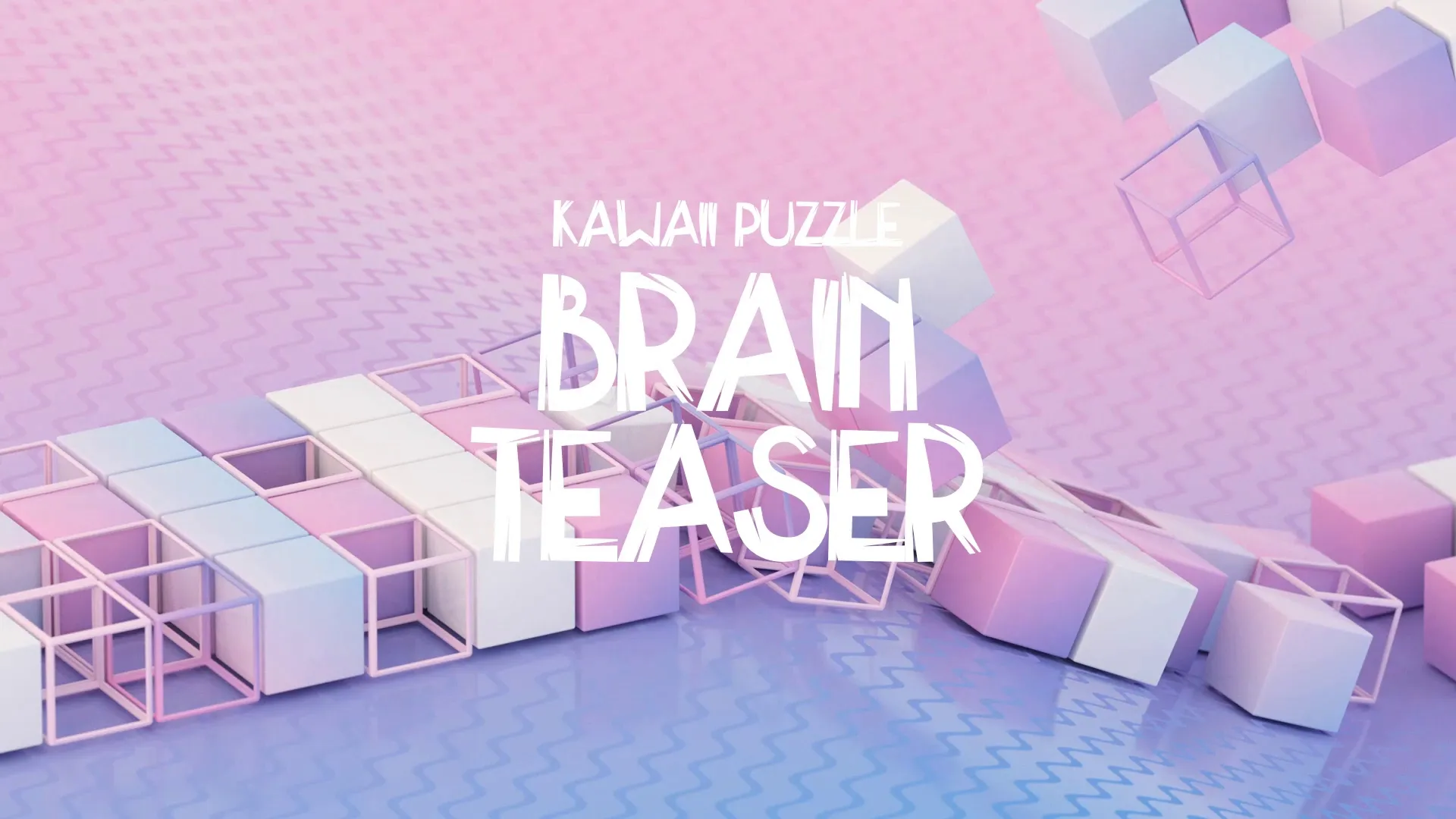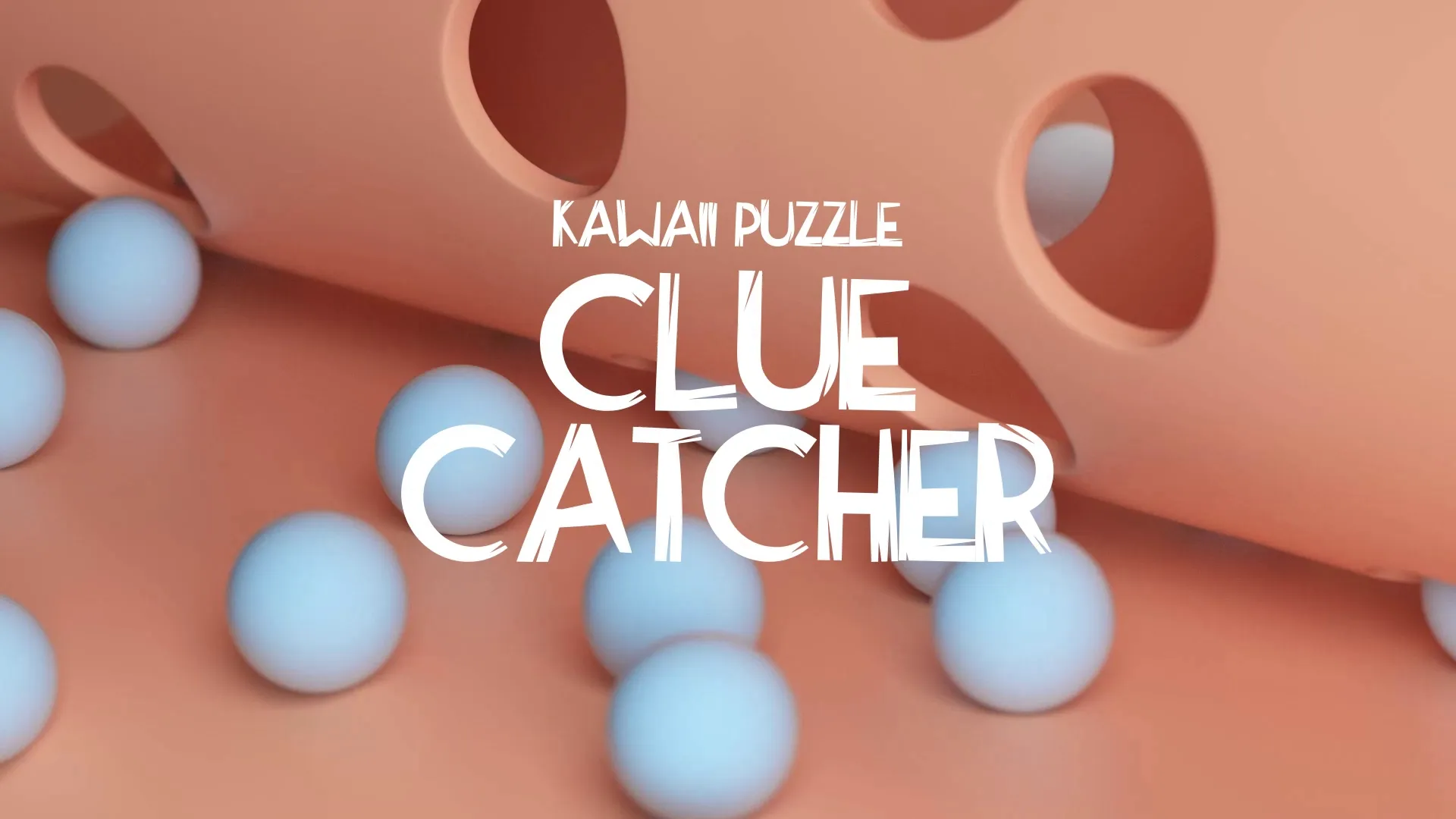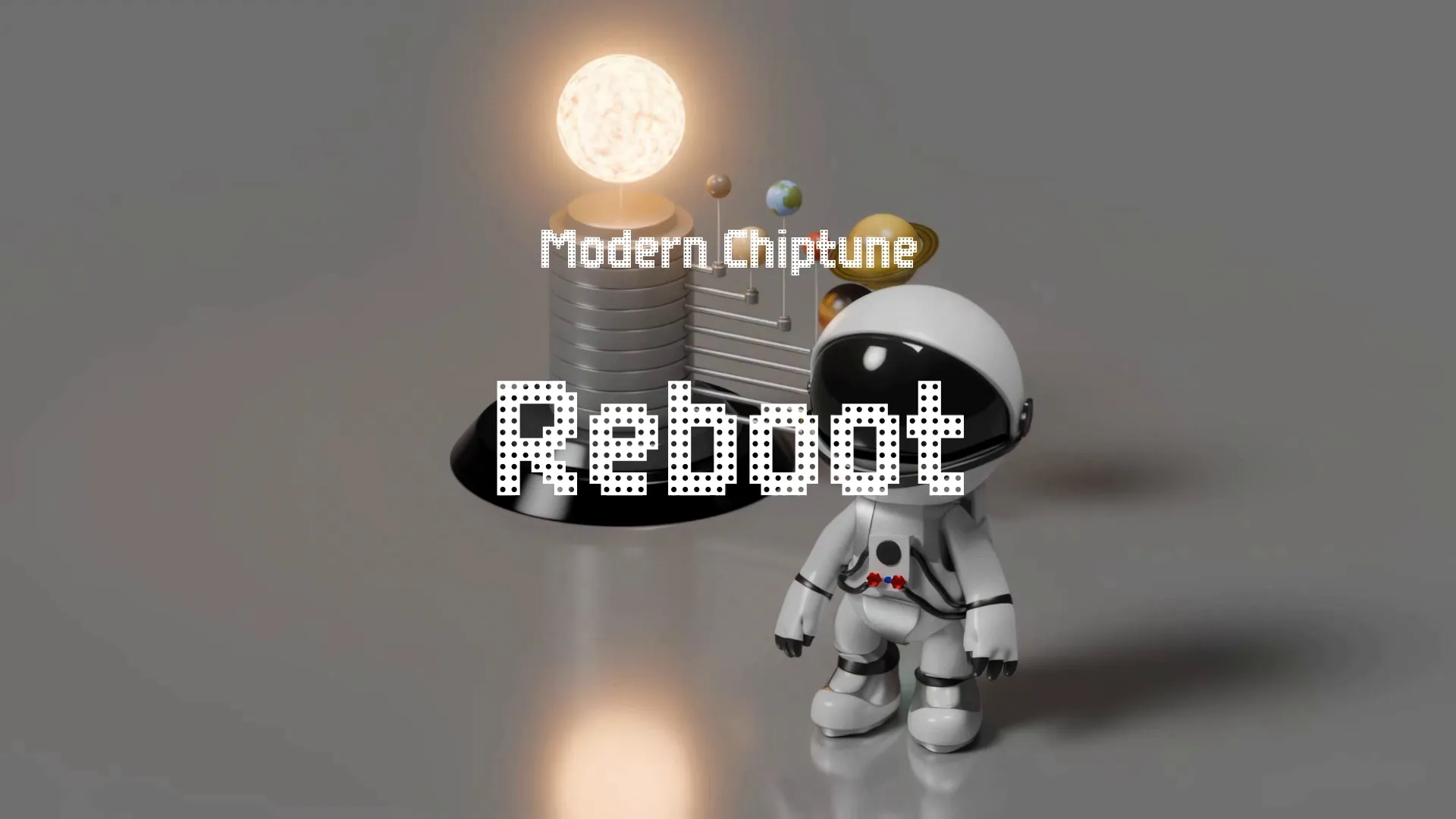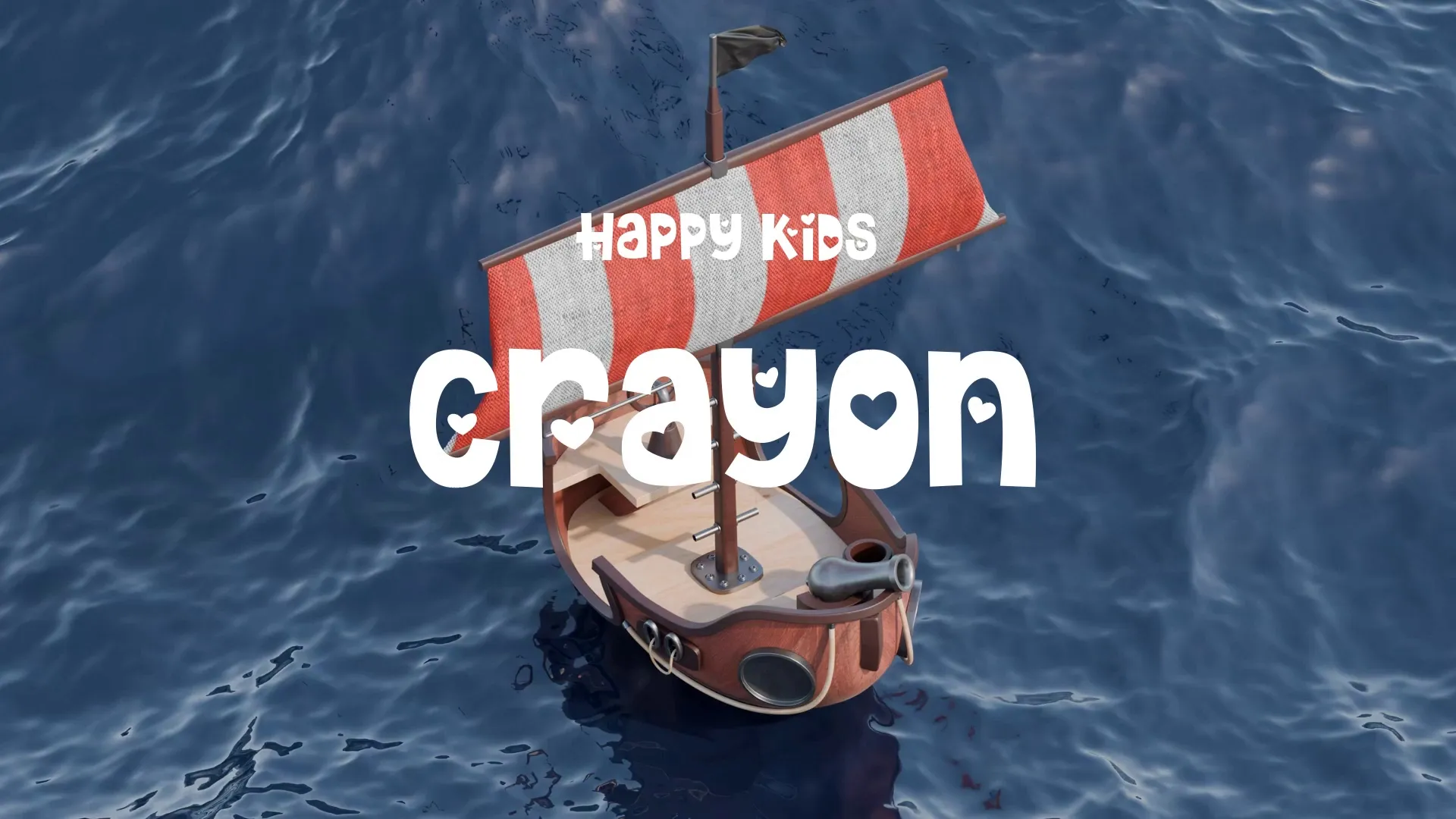Less is More: How Constraints Unlock Compelling AI Storytelling
Imagine a vast, empty canvas. An AI, a digital artist, stands before it, brush in hand, ready to paint a story. But without direction, without constraints, the result is likely to be a chaotic splatter, beautiful perhaps in its randomness, but ultimately meaningless.
I sat down with Dr. Eleanor Vance, a leading researcher in AI-driven narrative, to dissect this challenge. Her insights reveal why “less is more” when it comes to crafting compelling AI stories.
The Tyranny of Choice: Why Unfettered AI Fails
Me: Dr. Vance, we’ve seen AI generate text, images, even music. But AI-driven storytelling often feels…hollow. Why is that?
Dr. Vance: Think of it like this: an AI with unlimited freedom is like a ship without a rudder. It can sail anywhere, but it’s unlikely to reach a destination. The very freedom we believe empowers it is its undoing. It leads to narratives that meander, lack emotional depth, and ultimately, fail to resonate with human experience.
Me: So, the key isn’t more AI power, but carefully placed guardrails?
Dr. Vance: Precisely. We need to provide the AI with constraints – clear character motivations, defined plot structures, and resonant thematic anchors. These aren’t limitations; they’re the foundation upon which meaningful stories are built. Without them, the AI is just randomly connecting dots, and we’re left with a picture that makes no sense.
Character Constraints: The Heart of the Matter
Me: Let’s talk specifics. How do we constrain character motivations effectively?
Dr. Vance: Consider the classic hero’s journey. The hero must have a compelling reason to leave their ordinary world. This “call to adventure” isn’t arbitrary; it’s driven by a need, a desire, a fear. This constraint – a character must be motivated – immediately adds depth and purpose.
Me: Can you give me an example of how this plays out in practice?
Dr. Vance: Imagine an AI writing a fantasy novel. Without constraints, the protagonist might simply wander around, encountering random events. But if we constrain the character with a clear motivation – say, avenging their family – suddenly every action, every interaction has weight. The AI can then explore how the character achieves their goal, but the why is fixed, providing a crucial narrative spine.
Me: What happens when those motivations conflict?
Dr. Vance: Now that’s where the magic happens! Internal and external conflict fuels good storytelling. What if the hero’s desire for revenge clashes with their innate sense of justice? The AI can then explore the moral complexities of the situation, creating a far more compelling narrative than a simple “good vs. evil” scenario.
Plot Constraints: Building the Narrative Architecture
Me: Character motivations seem essential, but what about the overall plot? How do we constrain that without stifling creativity?
Create a free account, or log in.
Gain access to free articles, game development tools, and game assets.









.webp)

.webp)





.webp)





